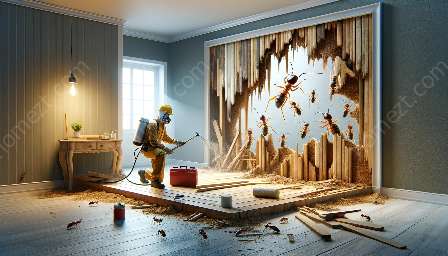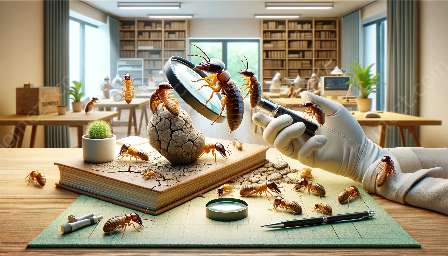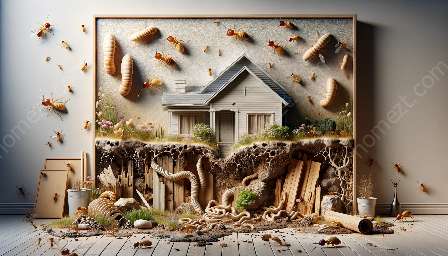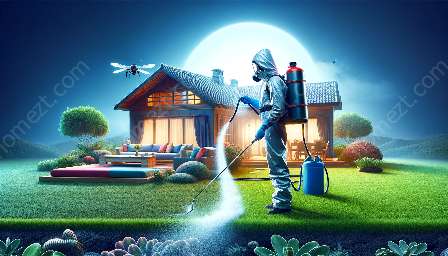Termites are a common pest that can cause significant damage to homes and buildings. In this guide, we'll explore effective termite prevention methods and discuss the importance of pest control in protecting your property. From understanding termite behavior to implementing preventive measures, you'll gain valuable insights to safeguard your home from termites.
Understanding Termites and Their Behavior
Termites are social insects that live in colonies and feed on cellulose material, such as wood and paper. These pests can cause structural damage to buildings, leading to costly repairs and structural instability. Knowing how termites operate is crucial for developing prevention strategies.
Types of Termites
There are three main types of termites: subterranean, drywood, and dampwood termites. Each type has distinct characteristics and habitats, influencing the prevention methods required to keep them at bay.
Signs of Termite Infestation
Identifying signs of termite infestation early on is essential for effective prevention. Common indicators include mud tubes, discarded termite wings, hollow-sounding wood, and frass (termite droppings). Regular inspections can help detect termites before they cause significant damage.
Effective Termite Prevention Methods
Preventing termite infestation involves a multi-faceted approach. Here are some proven methods to protect your home from termites:
- Moisture Control: Reduce moisture accumulation around your property, as termites are attracted to damp environments. Address plumbing leaks, improve ventilation, and ensure proper drainage to minimize moisture levels.
- Wood Treatment: Apply wood preservatives to protect vulnerable areas of your home, such as wooden structural components and furniture, from termite attacks.
- Soil Treatment: Implement soil treatment methods, such as chemical barriers and baiting systems, to create a barrier against subterranean termites and deter their entry into your property.
- Regular Inspections: Conduct routine inspections of your property, focusing on areas where termites are likely to thrive. Promptly address any signs of termite activity to prevent further damage.
- Professional Pest Control: Enlist the services of experienced pest control professionals to assess your property, identify potential risk areas, and implement targeted treatments for termite prevention.
The Role of Pest Control in Termite Prevention
Effective pest control is integral to termite prevention. By working with pest control experts, you can develop a comprehensive strategy to protect your home from termites and other pests. Pest control professionals are equipped with the knowledge and tools to address termite infestations and implement preventive measures tailored to your property's specific needs.
Integrated Pest Management (IPM)
Integrated Pest Management (IPM) emphasizes the use of environmentally sensitive practices to manage pest populations effectively. By incorporating IPM principles into your termite prevention plan, you can minimize the reliance on conventional pesticides while achieving long-term pest control solutions.
Educating Homeowners
Empowering homeowners with knowledge about termite prevention and pest control is crucial for maintaining a pest-free environment. Educational resources, workshops, and informative materials can raise awareness and encourage proactive measures to prevent termite infestations.
Conclusion
Protecting your home from termites requires proactive measures and a comprehensive understanding of termite behavior. By implementing effective termite prevention methods and partnering with pest control professionals, you can safeguard your property from costly termite damage and maintain a pest-free living environment.




















































